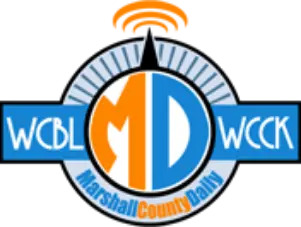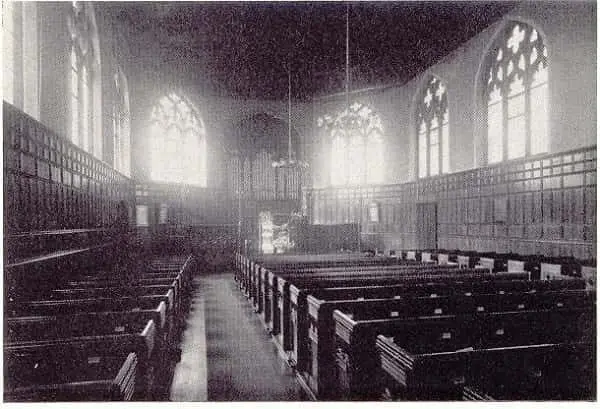In seven of the 13 original Colonies, the “established” Church had been prior to the American Revolution, the Church of England. Being “established” means that it was the official Church. Everybody had to pay taxes to support it. Even in the other six Colonies, the Church of England was very strong. In most ways that matter, this situation mirrored the situation in England itself. After the Revolution, things changed dramatically, and by the time of the Second Great Awakening, a whole new Church landscape was evident.
First of all, the Church of England no longer existed, in America. How could that be? Simply this: the Church of England could not (and still can’t) exist anyplace but England. This was a result of several decades of implementation of the Reformation in England. When Henry VIII severed all ties with Rome in the 1530s, his official reason was that the Church could not be subject to any power outside England. All the rules got written that way. The King even appointed (still does, technically) Church leadership. The Church of England is very, very limited in where it can go and what it can do.
No Bishop was ever named for any American Colony or any group of American Colonies. All American communicants of the C of E were subject to the Bishop of London. When the Treaty of Paris was signed, even this tenuous relationship was severed. Now, many American clergymen supported the Colonial struggle, and even served in the Continental Army, but there was no Bishop, this side of the Atlantic. The Church of England is by definition ruled by its Bishops. There is no reason (and indeed no way) for a Church of England Church to lead itself. It’s Bishops, like the Roman and Greek Catholic Church’s, can trace their line all the way back to the Apostles. It’s called “apostolic succession” and it’s an awfully important part of being “catholic”; in this case, Anglican Catholic, or just “Anglican”.
After a few years of trying to work it out, a large percentage of the American Anglicans decided they could do without a royally-appointed Bishop, and decided to elect their own. Many of these had been worshipping according to a variation of the Anglican Rite anyway, in the manner promoted by Church of England Priest John Wesley. After electing their own Bishops, they set up their own church, identifying it as “Methodist Episcopal” because they used the “Wesley Method” of C of E worship. Nowadays, we just call them “Methodists”. Because they were already organized and had a leadership structure in place, they soon became by far the largest group of Christians in the new country. They were among the leaders in the Second Great Awakening.


